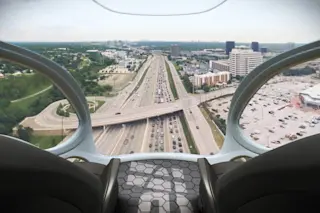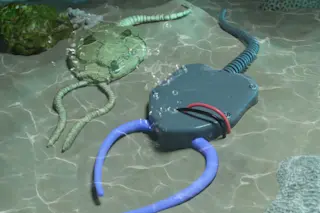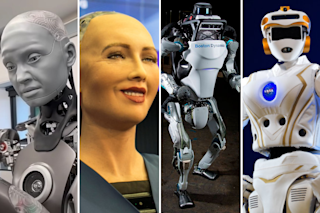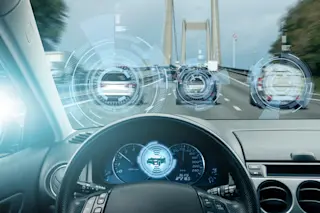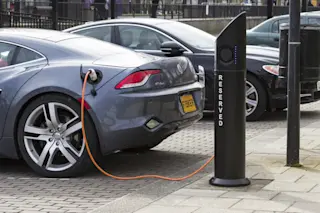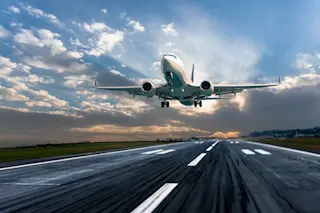A conceptual illustration of the view from a flying car taxi service. Credit: Bell Helicopter Uber sees no need for startups to bet on a risky "if you build it, they will come" strategy for flying taxis. Instead, the tech giant believes the demand for a faster aerial commuting option already exists among its 60 million monthly users--especially if the flying taxi service can cost about the same as hailing an UberX car. As a result, Uber has partnered with several companies to help build a "flying car" service that could begin public trials in the city of Dallas-Fort Worth, Texas and Dubai in the United Arab Emirates by 2020. The announcement for the ambitious 2020 goal kicked off the start of the Uber Elevate Summit being held in Dallas from April 25-27. Besides naming partner cities, Jeff Holden, Chief Product Officer at Uber, introduced the companies partnering with Uber ...
Meet Uber's Partners Creating Flying Taxis for 2020
Discover how Uber's flying taxi service is set to revolutionize urban commuting with eVTOL technology. Learn more!
More on Discover
Stay Curious
SubscribeTo The Magazine
Save up to 40% off the cover price when you subscribe to Discover magazine.
Subscribe

